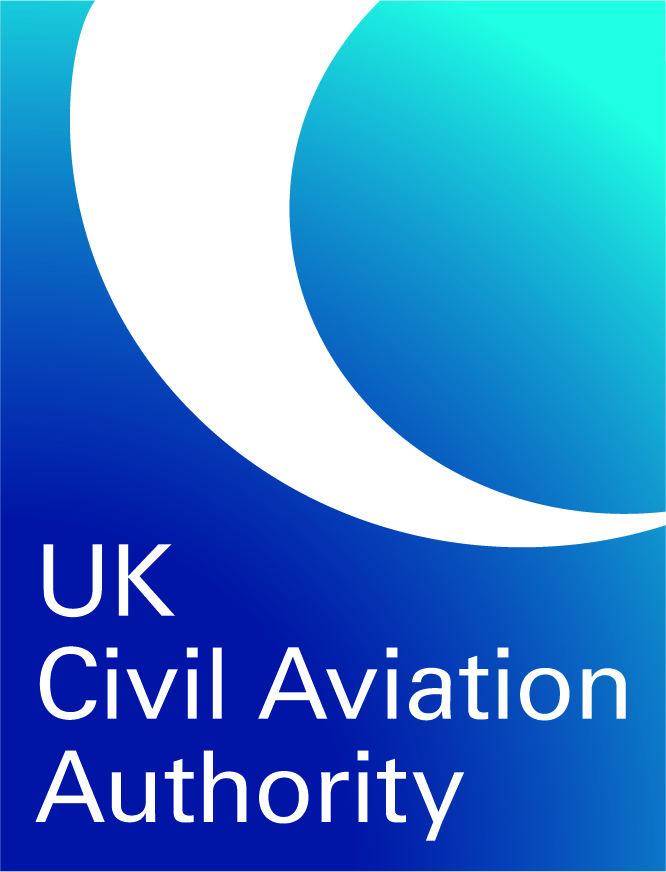Call for Insights - AI in Aerospace
Why your views matter
The CAA's Response to Emerging AI-Enabled Automation comprises of two complementary strategies: one for regulating AI in Aerospace (Part A) and one for using AI in the CAA (Part B). Our Strategy for Regulating AI in Aerospace aims to guide the development of a proportionate and principles-led policy response to the challenges raised by the use of AI across the sector, to enable the sector to safely adopt and benefit from this transformative technology.
We are now inviting stakeholders to provide their insights on the AI use cases being explored across the aerospace sector, to inform our decision making and prioritisation, and help shape our regulatory requirements for the safe deployment of AI and advanced automation in aerospace.
Our aim is to regulate the use of AI in Aerospace in a proportionate way, following a principles-led approach which emphasises building trust in AI systems. The goal is to enable the sector to benefit from this transformative technology, while understanding and mitigating the risks associated with it, with safety being our primary focus.
To achieve this goal, we need to understand the direction that industry is moving in and opportunities they are seeking to explore, in order to shape our work on AI in Aerospace.
Note on terminology: The necessity of speaking a common language is widely recognised as crucial to progress, and we proposed a terminology framework for AI, to clarify how we understand and use the terms artificial intelligence, automation, and autonomy.Throughout this document we will use the term AI very loosely; When we talk about “AI systems”, that is generally intended to include any system that relies in some part of an AI-based technique such as machine learning, but we are interested in any initiative across the advanced automation and autonomy spectrum.
The Challenge
Aerospace is a broad and complex sector. The CAA will regulate AI and autonomy across each area of our regulatory responsibilities, including Airports, Airlines, Airspace, Drones and Space.
Based on our engagements with industry, academia, and other sector stakeholders to date, industry is already exploring and deploying AI use cases across aerospace; we expect it will be keen to operationalise successfully proven applications over the coming years, and explore further, more complex methods and applications.
AI is advancing at pace. AI algorithmic approaches have evolved from early rule-based systems to machine learning systems capable of learning to perform tasks from data, all the way to the sophisticated large language models (LLMs) that power today’s prevalent AI platforms like ChatGPT and Copilot.
With the emergence of more powerful algorithms, AI’s range of capabilities has expanded dramatically, encompassing tasks such as making predictions and recommendations, detecting, and recognizing objects or events, classifying data, solving control and optimisation problems, and generating digital content. Additionally, AI now excels in various modalities, including signal data, text, image, audio, video, and speech, demonstrating its versatility and potential impact across numerous fields.
While the current rise of Agentic AI - AI systems capable of autonomous decision-making and actions - is set to revolutionize how we interact with technology, pushing the boundaries of its potential even further, future developments ultimately steer towards Artificial General Intelligence (AGI) - AI systems with human-like cognitive abilities that can perform any intellectual task.
The intersection of Aerospace and AI represents a very wide and continuously expanding spectrum of applications, each with its own potential benefits and challenges.
We therefore need to have a pragmatic and evidence-driven understanding of the technology's adoption across the sector, to develop robust regulatory frameworks, that will ensure safety and efficacy in this rapidly evolving landscape.
